Shaving Foam Cleaning Hacks: Who knew that the fluffy stuff you use to groom could be your secret weapon against household grime? I certainly didn’t, until I stumbled upon a treasure trove of cleaning tips that transformed my chores from a dreaded task into a surprisingly satisfying experiment. Forget those harsh chemicals and expensive cleaners – the answer to a sparkling home might just be hiding in your bathroom cabinet!
The use of unconventional materials for cleaning isn’t exactly new. Throughout history, people have relied on readily available resources like vinegar, baking soda, and lemon juice to keep their homes tidy. These methods were often passed down through generations, becoming ingrained in cultural practices. Now, we’re adding shaving foam to that list, and trust me, you’ll be amazed by its versatility.
In today’s fast-paced world, who has time to spend hours scrubbing? We’re all looking for ways to simplify our lives and reclaim our precious free time. That’s where these shaving foam cleaning hacks come in. They’re quick, easy, and incredibly effective, saving you both time and money. From removing stubborn stains to polishing surfaces, shaving foam can tackle a surprising number of cleaning challenges. I’m excited to share these game-changing tips with you, so let’s dive in and discover the magic of shaving foam!
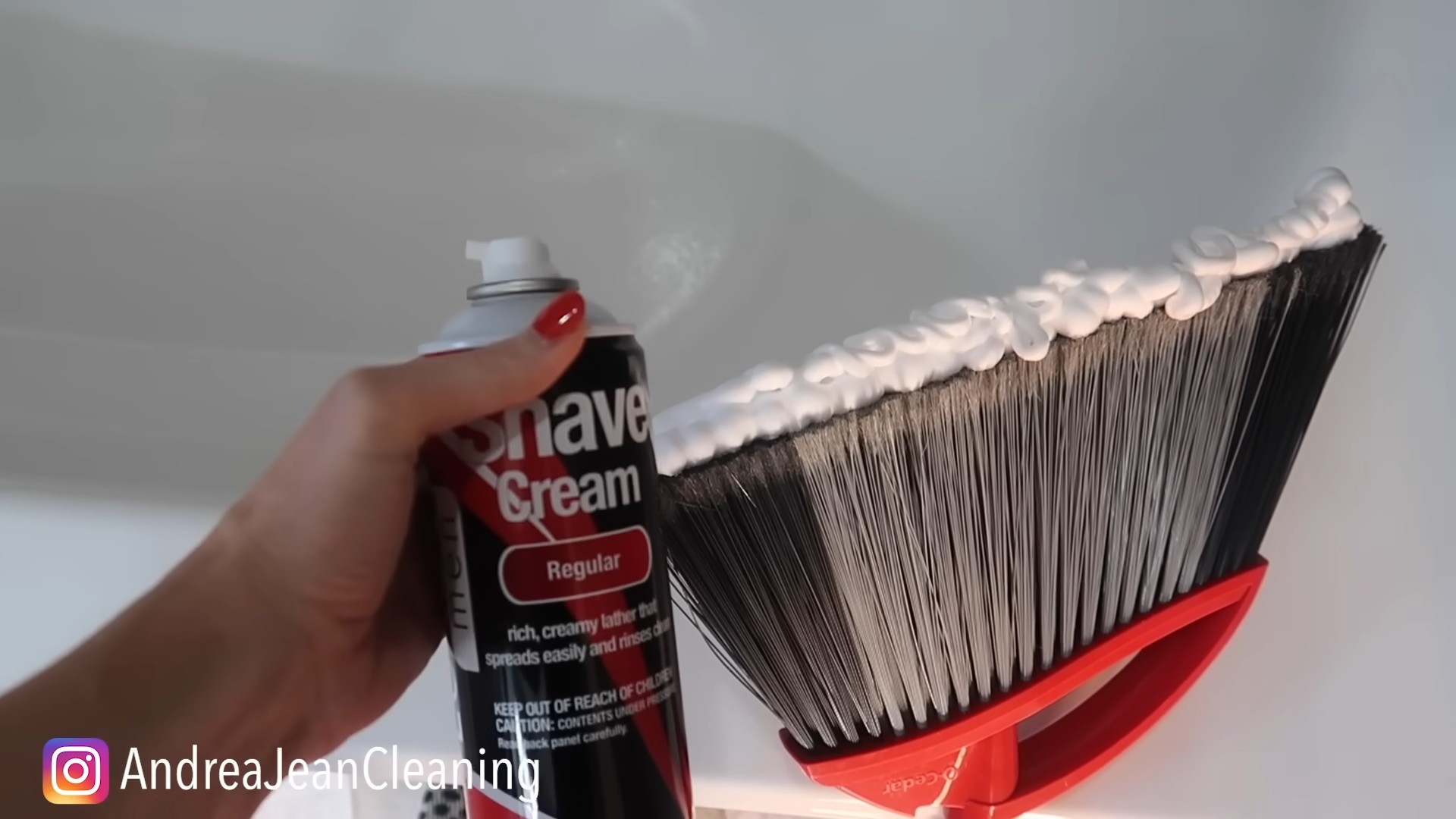
Shaving Foam: Your Unexpected Cleaning Superhero!
Okay, friends, let’s talk about something amazing: shaving foam! Yes, the stuff you (or someone you know) uses to get a smooth shave is also a surprisingly powerful and versatile cleaning agent. I know, I was skeptical too, but trust me, once you try these hacks, you’ll be hooked. It’s cheap, readily available, and smells pretty good too! Let’s dive into some of my favorite ways to use shaving foam to tackle everyday cleaning challenges.
Cleaning Mirrors and Glass
Forget expensive glass cleaners! Shaving foam works wonders on mirrors and windows, leaving them streak-free and sparkling.
Why it works: The foam helps lift dirt and grime without leaving behind residue.
What you’ll need:
* Shaving foam (the foamy kind, not gel)
* A clean, lint-free cloth or microfiber towel
Step-by-step instructions:
1. Apply the foam: Squirt a generous amount of shaving foam directly onto the mirror or glass surface. Don’t be shy!
2. Spread it around: Use your hand or a clean cloth to spread the foam evenly over the entire surface. Make sure you cover every inch.
3. Let it sit: Allow the foam to sit for a minute or two. This gives it time to loosen the dirt and grime.
4. Wipe it clean: Using a clean, lint-free cloth or microfiber towel, wipe away the shaving foam. Use circular motions for best results.
5. Buff to a shine: If you notice any streaks, use a dry, clean cloth to buff the surface until it’s sparkling clean.
Removing Carpet Stains
Accidents happen! But don’t despair when you spill something on your carpet. Shaving foam can often come to the rescue.
Why it works: The foam’s surfactants help break down the stain and lift it from the carpet fibers.
What you’ll need:
* Shaving foam (again, the foamy kind)
* A clean, damp cloth or sponge
* A vacuum cleaner
Step-by-step instructions:
1. Act fast: The sooner you treat the stain, the better your chances of removing it completely.
2. Apply the foam: Cover the stain generously with shaving foam. Make sure the entire stained area is covered.
3. Let it sit: Allow the foam to sit for at least 30 minutes, or even longer for stubborn stains. I’ve even left it overnight sometimes!
4. Blot, don’t rub: Using a clean, damp cloth or sponge, gently blot the stain. Avoid rubbing, as this can spread the stain and damage the carpet fibers.
5. Repeat if necessary: If the stain is still visible, repeat steps 2-4.
6. Rinse (optional): If you’re concerned about residue, you can lightly rinse the area with clean water. Be sure to blot up any excess water.
7. Vacuum: Once the area is completely dry, vacuum it thoroughly to restore the carpet’s texture.
Cleaning Bathroom Fixtures
Shaving foam can also be used to clean bathroom fixtures like faucets, showerheads, and even toilet bowls.
Why it works: It helps remove soap scum, water spots, and other grime.
What you’ll need:
* Shaving foam
* A clean cloth or sponge
* An old toothbrush (for hard-to-reach areas)
Step-by-step instructions:
1. Apply the foam: Apply shaving foam to the fixtures you want to clean.
2. Spread it around: Use a cloth or sponge to spread the foam evenly over the surface.
3. Let it sit: Allow the foam to sit for a few minutes to loosen the grime.
4. Scrub: Use a cloth, sponge, or old toothbrush to scrub the fixtures. Pay special attention to areas with stubborn buildup.
5. Rinse: Rinse the fixtures thoroughly with clean water.
6. Dry: Dry the fixtures with a clean cloth to prevent water spots.
Polishing Stainless Steel
Want to give your stainless steel appliances a quick shine? Shaving foam can help with that too!
Why it works: It helps remove fingerprints, smudges, and water spots, leaving a polished finish.
What you’ll need:
* Shaving foam
* A clean, soft cloth or microfiber towel
Step-by-step instructions:
1. Apply the foam: Apply a small amount of shaving foam to a clean, soft cloth or microfiber towel.
2. Wipe: Gently wipe the stainless steel surface with the cloth, using circular motions.
3. Buff: Use a clean, dry cloth to buff the surface until it’s shiny.
Preventing Foggy Mirrors
This is one of my favorite uses! Tired of your bathroom mirror fogging up after a shower? Shaving foam can prevent that.
Why it works: It creates a barrier that prevents condensation from forming on the mirror’s surface.
What you’ll need:
* Shaving foam
* A clean, lint-free cloth or microfiber towel
Step-by-step instructions:
1. Apply the foam: Apply a thin layer of shaving foam to the mirror.
2. Spread it around: Use a clean, lint-free cloth or microfiber towel to spread the foam evenly over the entire surface.
3. Wipe it off: Wipe away the shaving foam completely. Make sure there are no streaks or residue.
4. Enjoy your fog-free mirror! This should last for several days, depending on how often you shower.
Cleaning Jewelry
Believe it or not, shaving foam can even be used to clean some types of jewelry!
Why it works: The mild cleaning agents in shaving foam can help remove dirt and grime without being too harsh on delicate jewelry.
What you’ll need:
* Shaving foam
* A soft-bristled toothbrush
* Warm water
* A clean, soft cloth
Important Note: This method is best for cleaning metal jewelry (like gold, silver, or platinum) and some gemstones. Avoid using it on porous stones like pearls, opals, or turquoise, as the foam could damage them. Always test a small, inconspicuous area first to make sure it doesn’t cause any discoloration or damage.
Step-by-step instructions:
1. Apply the foam: Apply a small amount of shaving foam to your jewelry.
2. Gently scrub: Use a soft-bristled toothbrush to gently scrub the jewelry, paying attention to any areas with dirt or grime.
3. Rinse: Rinse the jewelry thoroughly with warm water.
4. Dry: Dry the jewelry with a clean, soft cloth.
Cleaning Upholstery
Similar to carpet cleaning, shaving foam can also tackle some upholstery stains.
Why it works: The foam helps lift dirt and grime from the fabric.
What you’ll need:
* Shaving foam
* A clean, damp cloth or sponge
* A vacuum cleaner (optional)
Important Note: Always test a small, inconspicuous area of the upholstery first to make sure the shaving foam doesn’t cause any discoloration or damage.
Step-by-step instructions:
1. Test: Test the shaving foam on a hidden area of the upholstery.
2. Apply the foam: Apply shaving foam to the stained area.
3. Let it sit: Allow the foam to sit for 15-30 minutes.
4. Blot: Gently blot the area with a clean, damp cloth or sponge. Avoid rubbing.
5. Repeat if necessary: Repeat steps 2-4 if the stain persists.
6. Dry: Allow the area to dry completely.
7. Vacuum (optional): Once dry, vacuum the area to remove any residue.
Removing Sticky Residue
That annoying sticky residue left behind by stickers or tape? Shaving foam to the rescue!
Why it works: The foam helps to loosen the adhesive, making it easier to remove.
What you’ll need:
* Shaving foam
* A clean cloth or sponge
* A plastic scraper or credit card (optional)
Step-by-step instructions:
1. Apply the foam: Apply shaving foam to the sticky residue.
2. Let it sit: Allow the foam to sit for 5-10 minutes.
3. Wipe: Wipe away the foam with a clean cloth or sponge.
4. Scrape (optional): If the residue is stubborn, use
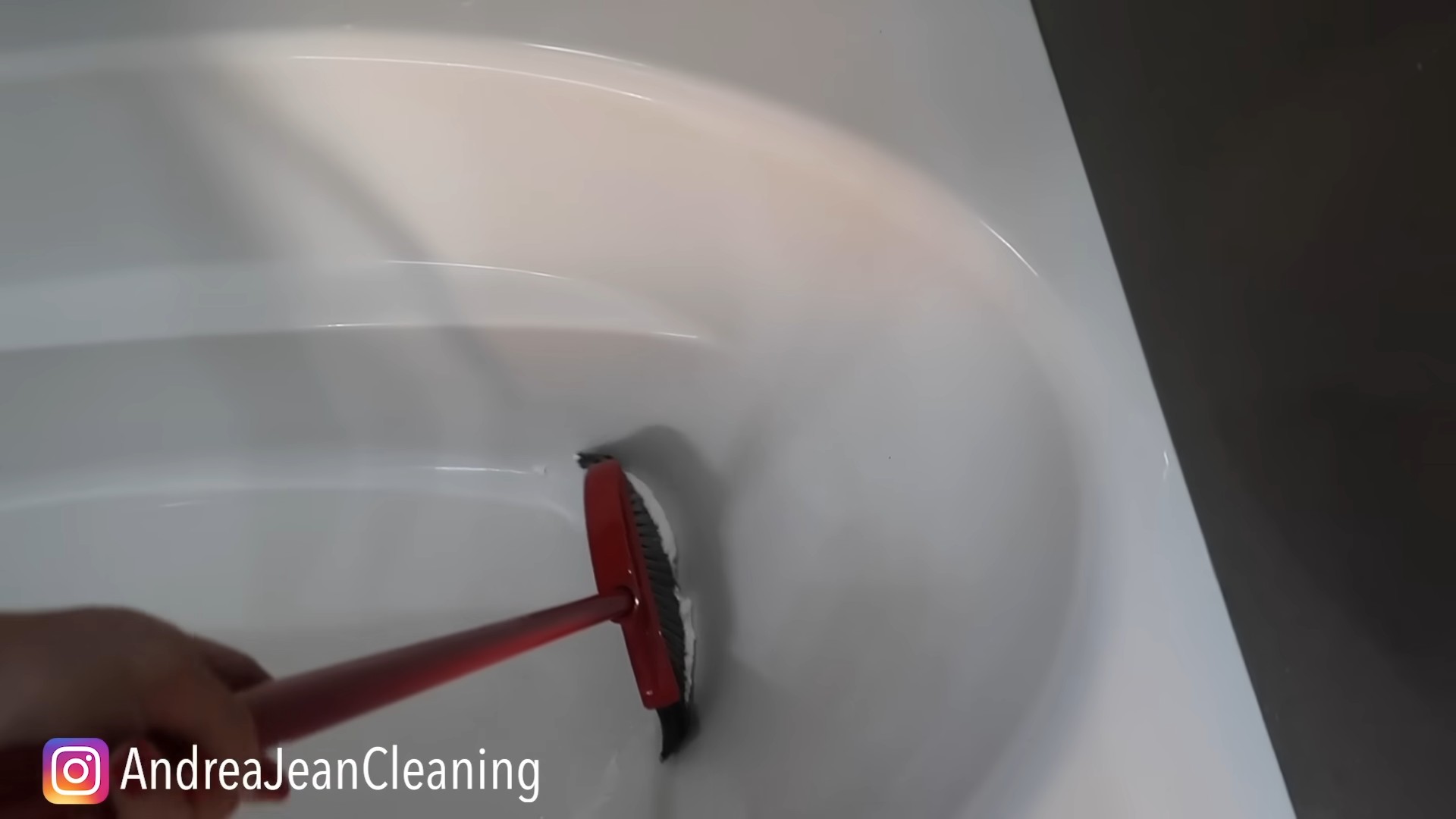
Conclusion
So, there you have it! Shaving foam isn’t just for a smooth shave; it’s a surprisingly versatile cleaning agent that can tackle a multitude of household messes. From banishing stubborn stains on carpets and upholstery to restoring shine to your stainless steel appliances, this simple DIY trick offers a cost-effective and surprisingly effective alternative to harsh chemical cleaners.
Why is this a must-try? Because it’s simple, readily available, and gentle on most surfaces. You likely already have a can of shaving foam under your sink, making it an incredibly convenient cleaning solution. Plus, the mild formula is less likely to damage delicate materials compared to abrasive cleaners. Think of it as a gentle giant, ready to tackle grime without leaving a trail of destruction.
But the magic doesn’t stop there! Feel free to experiment with variations to suit your specific needs. For instance, adding a few drops of essential oil like lemon or tea tree can boost the cleaning power and leave a refreshing scent. For tougher stains, let the shaving foam sit for a longer period before wiping it away. You can even use it to clean your bathroom mirrors, preventing them from fogging up after a hot shower. The possibilities are truly endless!
We’ve covered a range of applications, from tackling carpet stains to polishing chrome fixtures. Remember the key is to test a small, inconspicuous area first to ensure colorfastness, especially on delicate fabrics. And while most shaving foams work well, the plain, white, non-gel varieties tend to be the most effective for cleaning purposes.
Ultimately, the best way to discover the full potential of this DIY cleaning hack is to try it yourself. We’re confident that you’ll be amazed by the results. So, grab that can of shaving foam and get ready to transform your cleaning routine.
We encourage you to embrace this simple yet powerful cleaning solution and share your experiences with us! Did you discover a new and innovative way to use shaving foam for cleaning? Did you find it particularly effective on a specific type of stain or surface? Let us know in the comments below! Your insights could help other readers discover even more amazing uses for this everyday product. Let’s unlock the full potential of shaving foam cleaning hacks together!
Frequently Asked Questions (FAQs)
Is shaving foam safe to use on all surfaces?
While shaving foam is generally gentle, it’s always best to test it on a small, inconspicuous area first, especially on delicate fabrics, painted surfaces, or natural stone. This will help you ensure that it doesn’t cause any discoloration or damage. Avoid using it on surfaces that are known to be sensitive to moisture, such as unfinished wood.
What type of shaving foam works best for cleaning?
The plain, white, non-gel shaving foam typically works best for cleaning purposes. Gel-based shaving foams may contain ingredients that leave a sticky residue, which can be counterproductive. Look for a basic shaving foam that doesn’t contain added moisturizers or fragrances, as these can sometimes interfere with the cleaning process.
Can I use shaving foam to clean leather?
Yes, shaving foam can be used to clean leather, but with caution. Apply a small amount to a soft cloth and gently rub it onto the leather surface. Wipe away any excess foam with a clean, damp cloth and allow the leather to air dry. It’s crucial to test a small, hidden area first to ensure that the shaving foam doesn’t damage or discolor the leather. After cleaning, consider applying a leather conditioner to help restore moisture and prevent cracking.
How long should I leave the shaving foam on a stain before wiping it away?
The amount of time you leave the shaving foam on a stain will depend on the severity of the stain. For light stains, a few minutes may be sufficient. For tougher stains, you can leave it on for up to 30 minutes or even longer. Just be sure to check the area periodically to ensure that the shaving foam isn’t causing any damage.
Can I use shaving foam to clean my car interior?
Yes, shaving foam can be used to clean certain parts of your car interior, such as fabric seats and carpets. Apply a small amount to the affected area, rub it in gently, and then wipe it away with a clean, damp cloth. Avoid using it on leather seats or dashboard surfaces, as it may cause damage. Always test a small, hidden area first to ensure compatibility.
Will shaving foam remove pet odors from carpets?
Shaving foam can help to neutralize pet odors in carpets. Apply a generous amount to the affected area, rub it in well, and let it sit for several hours or even overnight. Then, vacuum the area thoroughly to remove the dried shaving foam and any lingering odors. For stubborn odors, you may need to repeat the process.
Can I add essential oils to shaving foam for cleaning?
Yes, adding a few drops of essential oils to shaving foam can enhance its cleaning power and leave a pleasant scent. Lemon, tea tree, and lavender essential oils are all good choices for cleaning purposes. Just be sure to use pure essential oils and add them sparingly, as some essential oils can be irritating to the skin or damage certain surfaces.
Is shaving foam safe for septic systems?
Shaving foam is generally considered safe for septic systems, as it is biodegradable and doesn’t contain harsh chemicals that can harm the beneficial bacteria in the septic tank. However, it’s always a good idea to use it in moderation and avoid flushing large amounts of shaving foam down the drain at once.
What if the shaving foam leaves a residue after cleaning?
If the shaving foam leaves a residue after cleaning, simply wipe the area with a clean, damp cloth. You may need to repeat this process several times to remove all of the residue. You can also try using a mild detergent solution to help dissolve the residue.
Where can I find more information about shaving foam cleaning hacks?
You can find more information about shaving foam cleaning hacks online through various websites, blogs, and social media platforms. Search for “shaving foam cleaning hacks” or “shaving cream cleaning tips” to find a wealth of information and inspiration. You can also check out online forums and communities dedicated to cleaning and home maintenance for tips and advice from other users. Remember to always verify the information you find online and test any new cleaning methods on a small, inconspicuous area first.

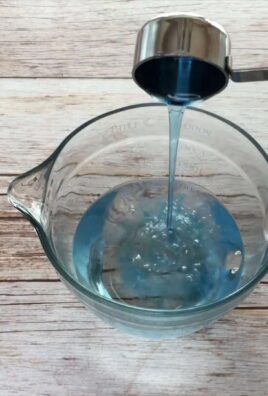
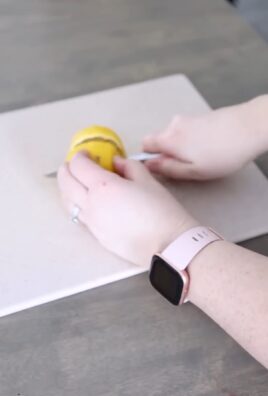
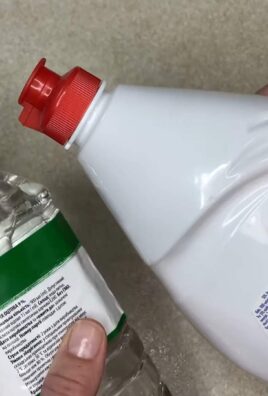
Leave a Comment